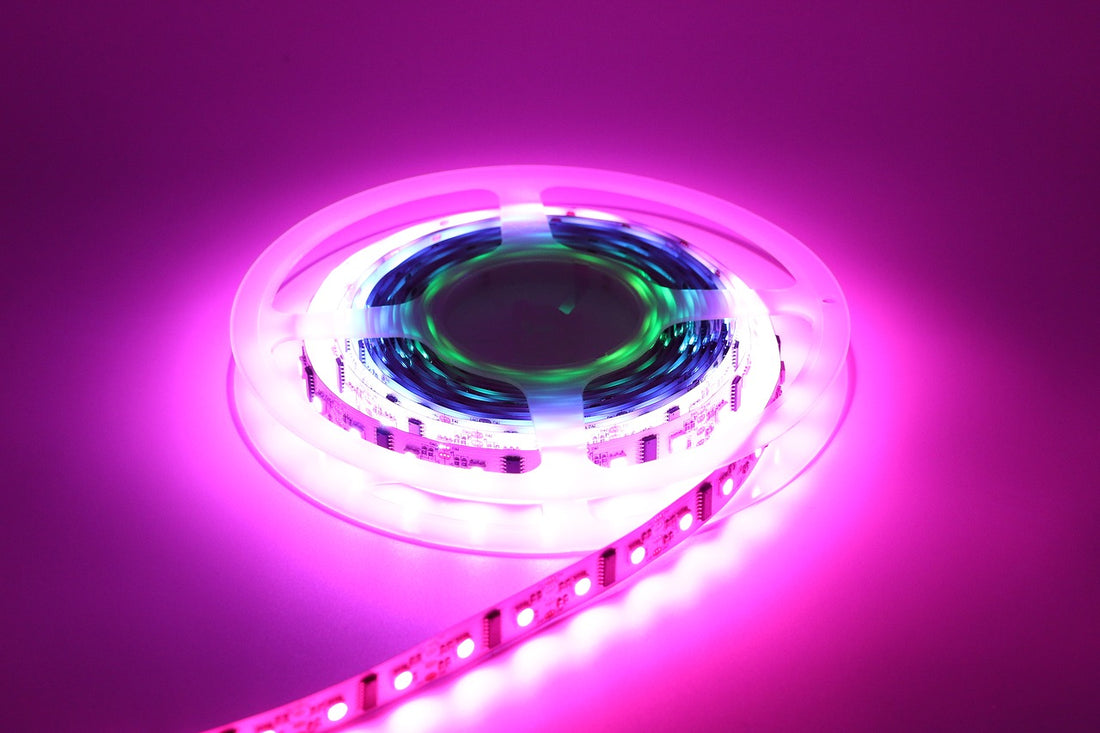1. Intro: What is a LED strip?
LED strips are reduced voltage (5V, 12V, 24V) illumination devices, utilized normally in architectural illumination, sign letter lighting, hidden lights, perimeter lights as well as lots of other applications as a substitute for older as well as less efficient technologies such as incandescent, fluorescent, halogen or neon lighting and also they are usually a minimum of two times as brilliant as other decoration options such as rope illumination components.
They are offered in solitary shade and RGB variations, the major manufacturers can offer White, Warm White as well as Red, Environment-friendly, Blue and also Yellow mono shade strips, but some of the leading producers likewise offer different variations of White or Cozy White changing the light result and shade temperature.
2. LED Strip Kind
LED strip light is one of the fastest expanding locations of the light emitting diode market. There are several subcategories within this category:
a. Inflexible Strips: with or without water-proof defense, with PCB board ending up, framed in plastic or with light weight aluminum behind (likewise referred to as LED bars) as well as using high power SMD or older LED modern technologies such as placed diodes.
b. flexible strip: with or without waterproof defense, with or without adhesive tape on the back and making use of either SMD mounting modern technology (a number of alternatives depending on power) or older mounting technologies (which are less and also much less common).
The biggest share of the group is taken by the strips LED flexible and that is why we will concentrate on them mainly (considering that SMD is the main modern technology as well as without a doubt the most effective we will certainly focus on that as well).
3. Flexible strip LED
Adaptable Strips consist commonly of low profile surface area placed diodes (SMD), which coincide sort of chips used in newest fluorescent LED tube T8 yet when it comes to the strips they are affixed to a flexible conductor strip. Power is then related to one end of the strip as well as the diodes produce a smooth lineal light.
Given that the placing base is flexible, they can be installed in several locations and they use one more advantage vs rigid strips (LED bars), they can be reduced to custom-made size, as well as reattached or adjoined if needed, either by simple soldering at significant soldering areas or by the use of Quick ports, which are offered by the main producers. Normally flexible strip LED are made in reels, of typically 3 to 5 meters, as well as based on the sort of chip and also layout of the reel links, they can be reduced every 2 to 6pcs of chips.
The possibilities of design for the strips are unlimited, although tiny business concentrate on just a few of them. Key distributors can offer different PCBs ending up (transparent - Brass circuits or White, as well as also Black - Originally the PCBs holding the diodes were copper tinted. New generation LED strips have white covered PCBs, which provide a more uniform light distribution.), also different widths, from 5mm for thinnest strips which are mainly focused on certain lighting functions, such as profile lighting, to 8mm as well as 12mm, which are by far the most usual, and larger strips for more facility strips, such as the intelligent strips which range in between 15 to 17mm.
Undoubtedly the size of the strip depends additionally on its case and also consequently, on its waterproof ranking. The thinnest variations are IP20 (some top distributors additionally offer IP64 which is an excellent as well as suggested alternate to IP20) and also the best are IP68, which consist of a complete silicon casing surrounding the strip. We will analyze in even more detail the different main features of the adaptable strip LED.

